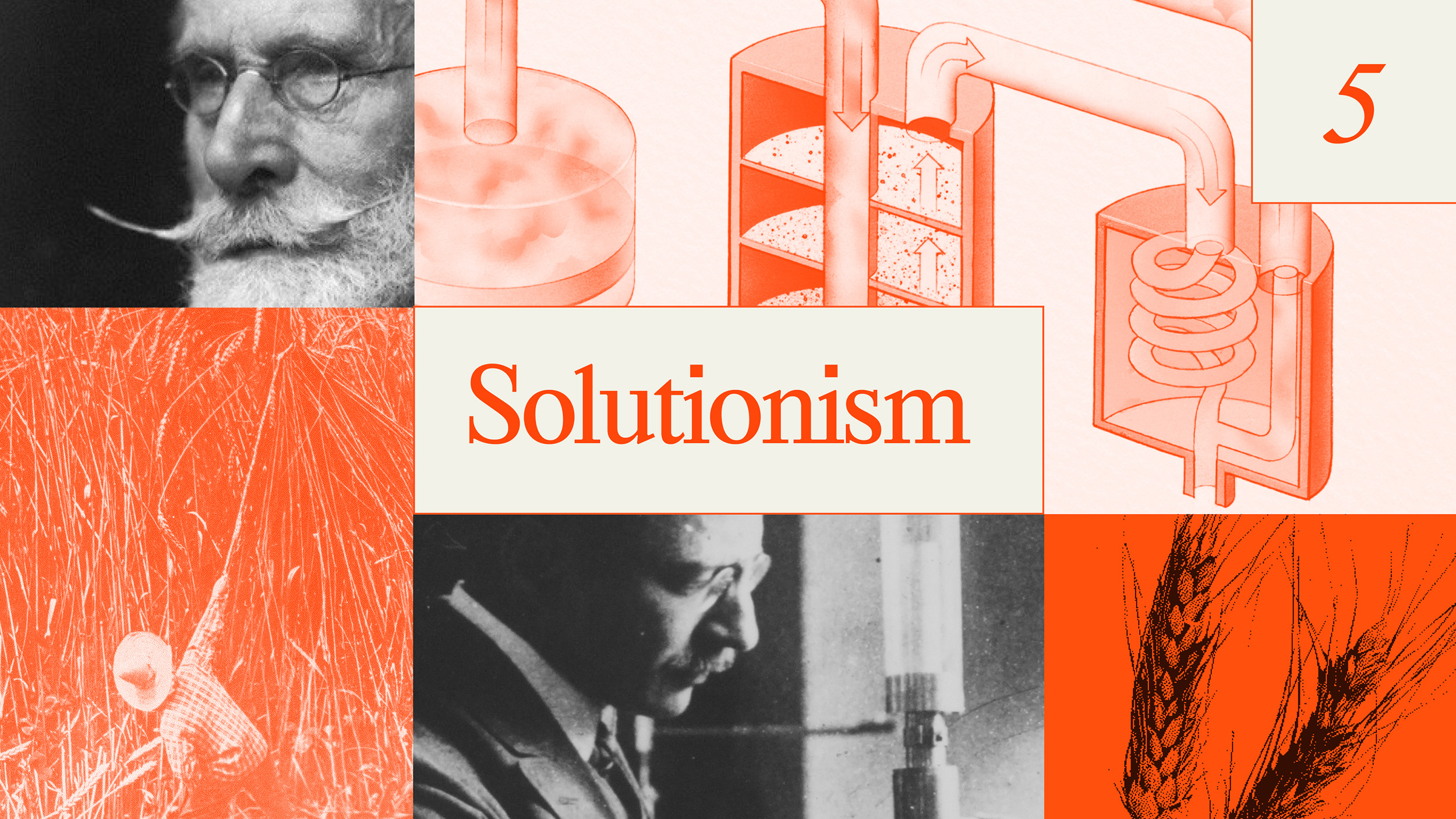Why “No Glove No Love” Is More Difficult for Older Women

Remember The Who, talkin’ ’bout their generation? Maybe to a 20-year-old guy in the 1960s, the idea of wanting to die before getting old sounded pretty cool. But, you would think that, by the time he reached his fifties and sixties, life preservation would be the name of the game. But judging by the rate of condom use and casual sex in this (g-g-g-g-g) generation, they never stopped living on the edge.
STIs are up among in the over-50 set. According to the National Survey of Sexual Health and Behavior, only 25% of men who had a new sexual partner, or more than one partner in a year, in this age group said they had used a condom the last time they had sex. The generation that listened to The Who are still getting some action; most single men in this age group had sex in the past year, and 23% of those did reported that their last sexual encounter was with a “casual acquaintance.”
The problem with condom use is that it is a joint decision between two people. The decision about whether or not a condom is worn during a sexual act is function of the bargaining power between the individuals and the relative costs and benefits of condom use—which is specific to the individual.
Women face much higher risks in unprotected sex. For example, the likelihood that a man will get HIV from having vaginal sex once with an HIV-infected woman is between 0.01% and 0.03%. For a woman, though, the likelihood of becoming infected after having vaginal sex once with an HIV-infected man is in the range of 0.05% to 0.09%.* These probabilities seem low, but HIV is just one disease for which this is true. Genital herpes, for example, appears in one in five American women (aged 14 to 49) compared to one in nine men of the same age group. So, the cost of unprotected sex is higher for women and the benefit of non-condom use, in terms of comfort, is lower. This implies that a woman has a much greater incentive to insist on condom use and, even if she doesn’t hold the balance of bargaining power, she still might be successful in imposing “no glove no love.”
The bargaining power of a woman changes over their lifetime though. When we are young we have a great deal of bargaining power, which may be why 80% of teenage boys report wearing condom the last time they had sex. When we get older though—especially once we reach an age when the demographics are such that the ratio of women to men is significantly above one—we lose that bargaining power. This isn’t just going to lead to less condom use, but also to higher rates of casual sex as fewer women will find themselves in a position to insist on fidelity, which also reduces the risk.
But there is a solution: younger men could start having casual sex more often with older women. This would even the playing field, so to speak, and I am certain it would be Pareto improving—everyone would be made better off without making anyone worse off.
Another possible solution would be to market a line of condoms marketed to older men. Jack Nicklaus can endorse them, or, if he is unwilling, I’m certain that Tiger Woods is up for the job. They could come in different styles too: the Glenfiddich scotch whiskey condom; the Montecristo Cuban cigar condom; or, maybe, a stylish Mont Blanc pen condom. The marketing could be taken one step further and packaging designed so that when it is ripped open a sexy female voice could say things like: “Today, trading on the New York Stock exchange surged beyond our wildest dreams.” I think this could be very popular.
* Padian, N.S., Shiboski, S.C., Glass, S.O., Vittinghoff, E., 1997. Heterosexual transmission of human immunodeficiency virus (HIV) in Northern California: Results from a ten-year study. American Journal of Epidemiology 146 (4): pp 350-357.





